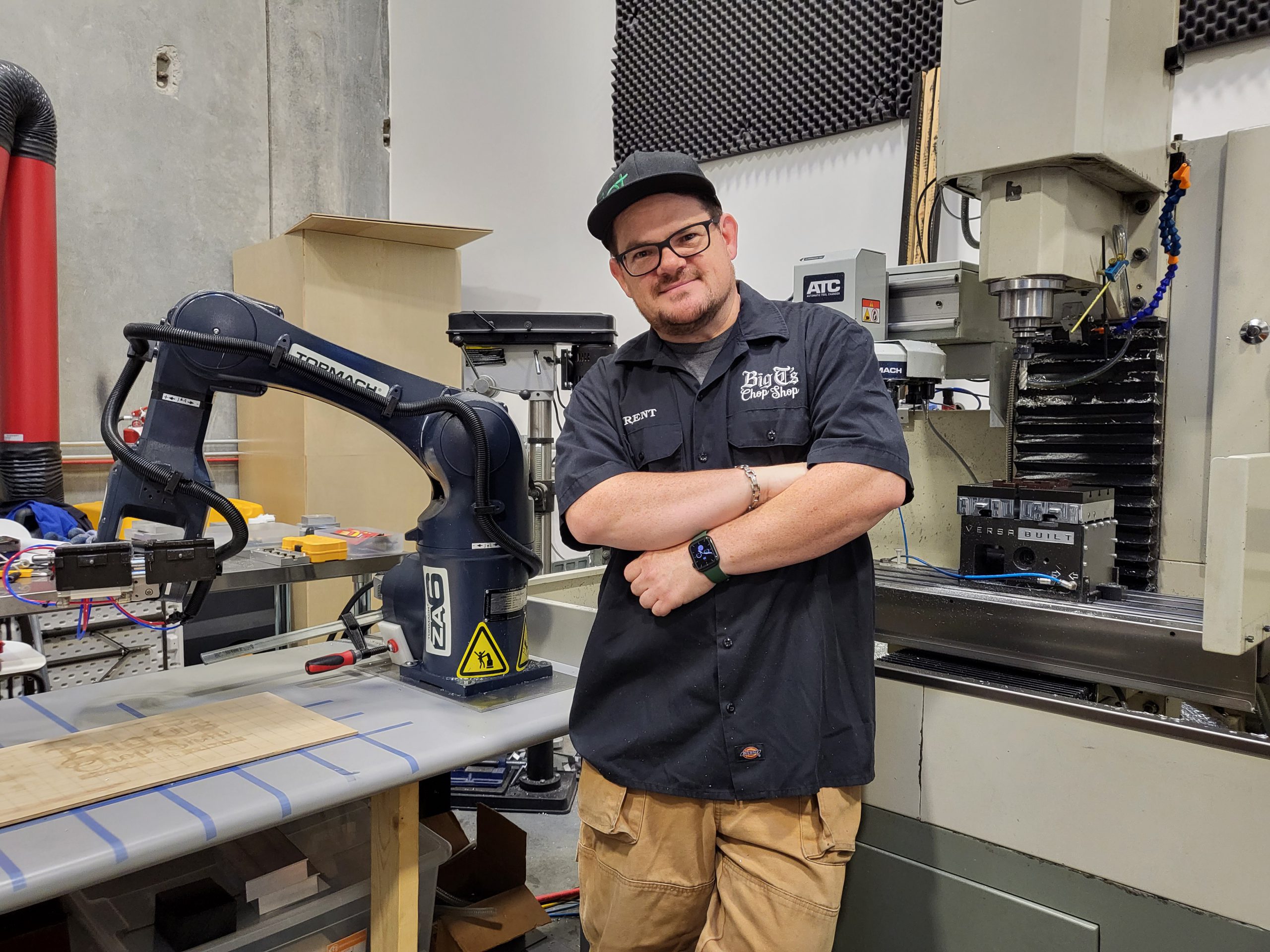Overview of the Project
We were fortunate to be selected as a Beta customer for the ZA-6 Industrial Robot released by Tormach. Our specific goal was to see if we could successfully get the ZA-6 to perform CNC Machine Tending on a Tormach PCNC 1100 CNC Machine that we had in our in-house machine shop.
We were fortunate to work with the team from Tormach for the bulk of 2022, providing our feedback to help with ZA-6 development, and getting the benefit of having their developers to help us build out the prototype machine tending solution.
Outcomes
Although there was a lot of learning along the way, ultimately, the experiment was a success and we managed to get the ZA-6 to reliably perform machine tending on the PCNC 1100 CNC Machine. The video below is the grand finale of the series. Scroll down below for the other episodes, but if you want to see the final result this is it:
Learning and Discussion
There’s a lot to know in order to get a CNC Machine Tending system functioning, even at the prototype level we achieved with the project. Some of the most salient points are listed below, but if you’re interested in discussing it further or have questions, don’t hesitate to contact us.
- Start Simple, Automate your First Operations and Work Out From There – Out of the gate, I was initially concerned with really advanced things like trying to do second operations, flipping parts, and so forth. These are all definitely real problems, but you need to walk before you can run. Just being able to automate first operations on your machine can be a big help if you single-hand a machine shop the way I do.
- Part Loading is a Good Starting Point – Pallet loading and more sophisticated automation may ultimately be an appropriate solution for your parts and use case. However, a lot can be learned from just getting the process of loading a single part working before you try to solve tricker problems. We were using the VersaBuilt MultiGrip System to tend the machine – this system is excellent, but probably overkill for your first attempt at automation. Start with a basic gripper and a pneumatic vise and get the part loading.
- Procedures for Testing Programs Are Important – In software development, we get pretty used to the idea that you can just restart and step through a program. With robots and machines in the physical world, you need to ensure that the physical starting point of your system is restored between test runs. This means putting the robot in its starting position, putting any materials in the right loading areas, clearing the work holding, and all of the other steps to ensure the program matches the state of the physical world when the program starts. Forgetting anything can cause a crash or mishap, so this is important!
- Run Slow and Think Twice – If you’re going to be operating anywhere in the vicinity of the robot during set-up and testing operations, make sure the speed is turned way down and you are being conscious of what is about to happen any time you start a program. Have your e-stop handy in case anything unexpected happens. Don’t even think about turning up the speed until you’re nowhere in the vicinity of the robot.
- Laugh, and then Learn – Crazy stuff will happen when the physical and digital worlds intersect. There will be some crashes and dings. You don’t want to be reckless, but when it all goes bad, you need to take a step back, re-think what you’re doing, and enjoy the process. Sometimes, you just need to laugh when the unexpected occurs. Laugh, and then learn, and don’t do it again!
Additional Videos and Resources
These are the other videos in the series:

